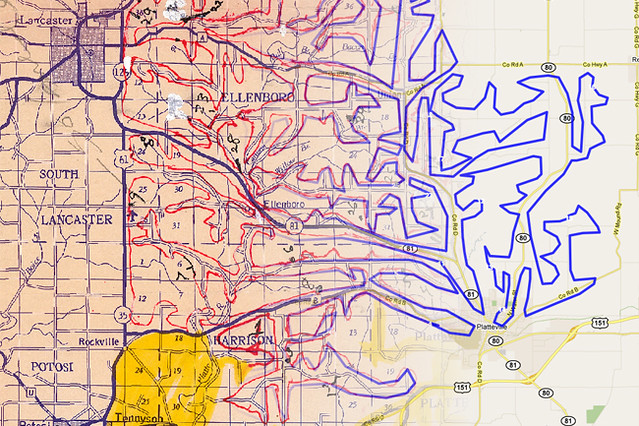Why do we preserve things? Anything? There’s the economic imperative against being wasteful of course, so that make sense. But apart from that, why not just keep making new? And what is it about certain things that almost compels us to keep them? Not just keep them, but keep them safe. Because preservation involves protection, protection against destruction, of course, but more than that, protection against any of the works of time. Protection, in short, against change.

So, why do we need things to stay the same? I think, no matter how important and truly moving our memories are, this is about more than memories – I think it’s about understanding. When we experience something we’ve preserved, whether by looking at it, listening to it, walking around inside it, or just holding it in our hands, we’re going back to learn from it anew, and to learn in perhaps a new way. We compare then with now, our selves and our world then and now. Is this thing different in some fundamental way, or does it just seem so at the speeding surface of our lives? Was what we see now, as though for the first time, there all along and we missed it? Or are we different, asking different questions now, seeing things for the first time, though they’ve been there all along? Has it changed, or have we? As we see something old with new eyes, we are rewarded with new insights. Though it may surprise us to find lessons where we only looked for memories we should be glad that we have the sense to protect, to save those things that teach us still.



